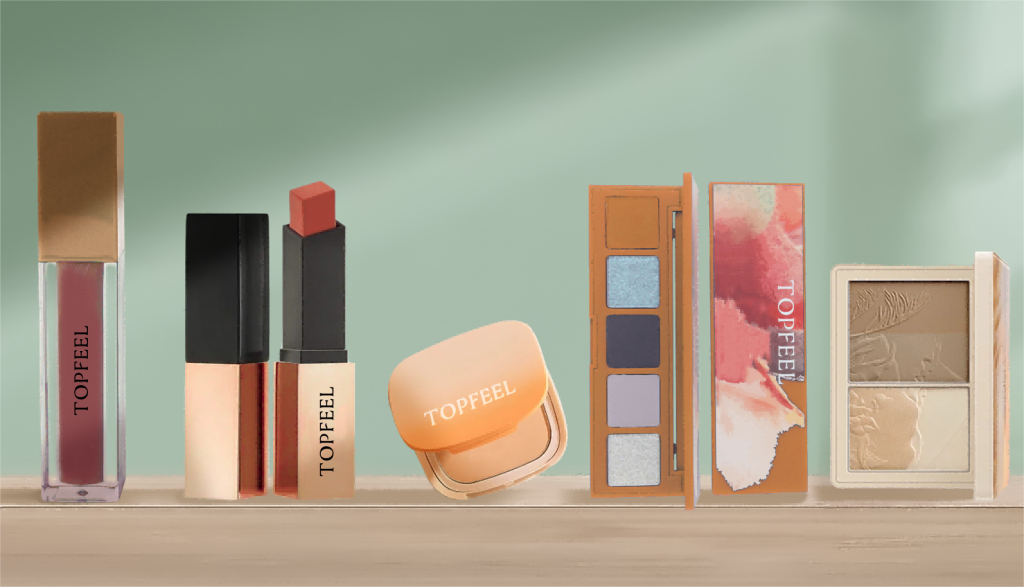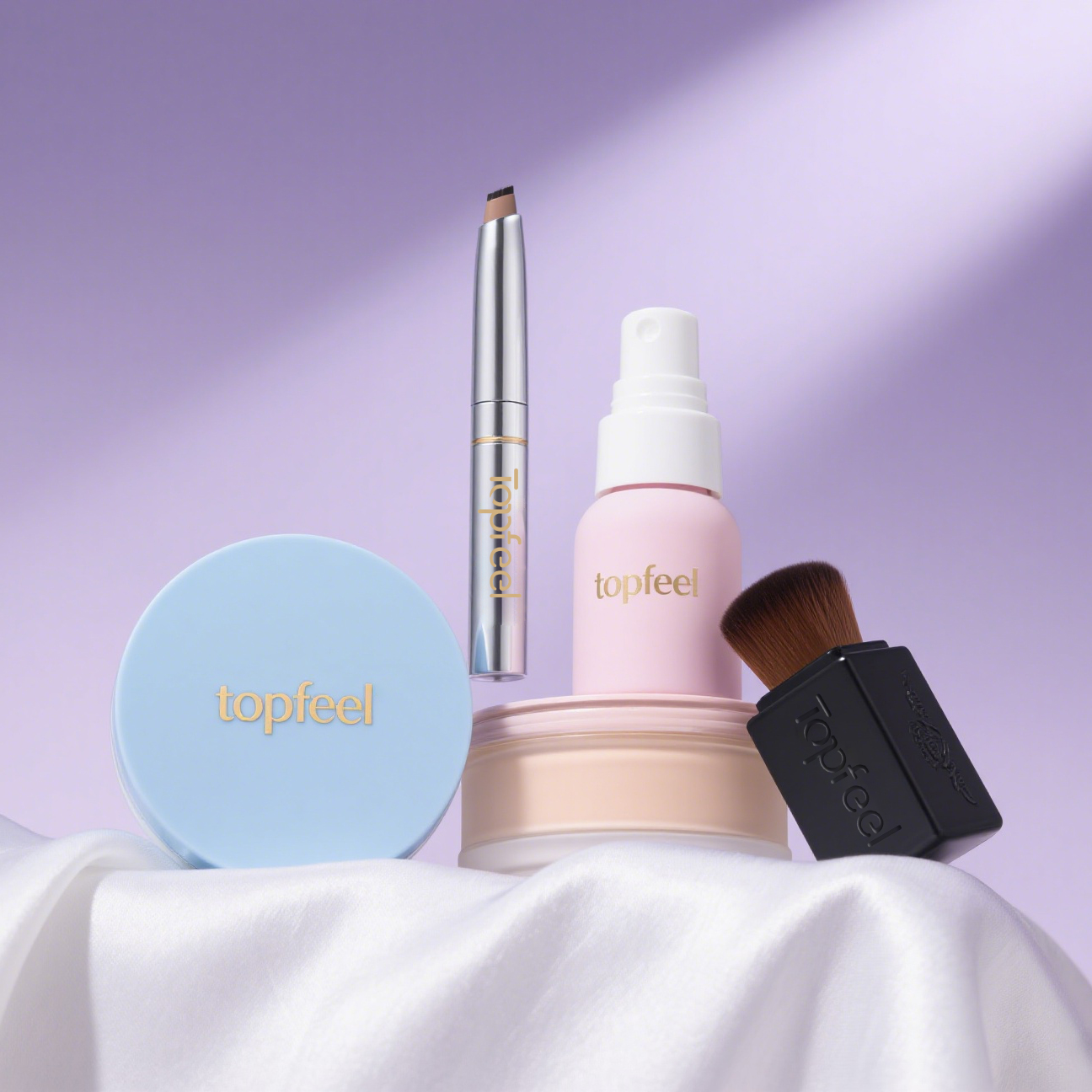How to Start a Makeup Line?
Starting a makeup line is a dream for many beauty enthusiasts and entrepreneurs. The beauty industry is vibrant and ever-evolving, offering ample opportunities for innovative products and unique brands. If you’re passionate about makeup and ready to turn your vision into a reality, this guide will help you navigate the process of starting your own makeup line.
|
Step 1: Conduct Market Research Step 2: Define Your Brand Step 3: Develop Your Product Line Step 4: Create a Business Plan Step 6: Set Up Manufacturing and Distribution
|

Step 1: Conduct Market Research
Before diving into product development, it’s crucial to understand the market landscape. Research the following aspects:
Target Audience: Identify who your ideal customers are. Consider factors like age, gender, preferences, and purchasing behavior.
Competitors: Analyze existing brands in the market. What products do they offer? What are their strengths and weaknesses?
Trends: Stay updated on the latest beauty trends. This will help you identify gaps in the market and opportunities for innovation.
Step 2: Define Your Brand
Your brand is more than just a logo; it’s the personality and promise behind your products. Define the following elements:
Brand Name: Choose a name that reflects your brand’s identity and is easy to remember.
Mission Statement: What is the core purpose of your brand? What values do you stand for?
Brand Aesthetics: Determine the visual elements of your brand, including logo, color palette, and packaging design.
Step 3: Develop Your Product Line
Create a range of products that align with your brand and meet the needs of your target audience. Consider the following steps:
Formulation: Work with cosmetic chemists to develop safe and effective formulas. Ensure they comply with regulatory standards.
Prototyping: Create prototypes and test them for performance, safety, and customer appeal.
Sourcing: Find reliable suppliers for ingredients and packaging materials. Consider sustainable and eco-friendly options.
Step 4: Create a Business Plan
A well-structured business plan will guide your journey and attract potential investors. Include the following sections:
Executive Summary: A brief overview of your business, including your mission and vision.
Market Analysis: Insights from your market research, highlighting opportunities and challenges.
Product Line: Detailed description of your products and their unique selling points.
Marketing Strategy: Plan for promoting your brand and reaching your target audience.
Financial Projections: Estimates of your startup costs, revenue, and profitability.
Step 5: Register Your Business and Obtain Licenses
Ensure your business is legally compliant by taking the following steps:
Business Registration: Register your business name and entity type (e.g., LLC, corporation).
Licenses and Permits: Obtain necessary licenses and permits, such as a business license, seller’s permit, and cosmetic manufacturing license.
Trademark Protection: Protect your brand name and logo by registering them as trademarks.
Step 6: Set Up Manufacturing and Distribution
Decide whether to manufacture in-house or outsource production. Consider the following factors:
Quality Control: Implement strict quality control measures to ensure product consistency and safety.
Packaging: Design attractive and functional packaging that reflects your brand’s identity.
Distribution Channels: Determine how you’ll sell your products. Options include e-commerce, retail stores, and beauty salons.
Step 7: Launch Your Brand
Plan a strategic launch to create buzz and attract customers:
Website and E-Commerce: Develop a professional website with an e-commerce platform to sell your products online.
Social Media Marketing: Leverage social media to build a community and promote your brand. Collaborate with influencers to reach a wider audience.
PR and Media: Reach out to beauty bloggers, magazines, and media outlets to feature your brand and products.
Step 8: Monitor and Grow Your Business
Once your makeup line is launched, focus on growth and improvement:
Customer Feedback: Listen to customer feedback and use it to improve your products and services.
Marketing Campaigns: Continuously engage with your audience through marketing campaigns, promotions, and events.
Product Expansion: Expand your product line based on market demand and trends.
Starting a makeup line requires passion, dedication, and strategic planning. By following these steps, you can create a successful beauty brand that stands out in the competitive market. Remember, the journey may be challenging, but the reward of seeing your vision come to life is well worth the effort.









